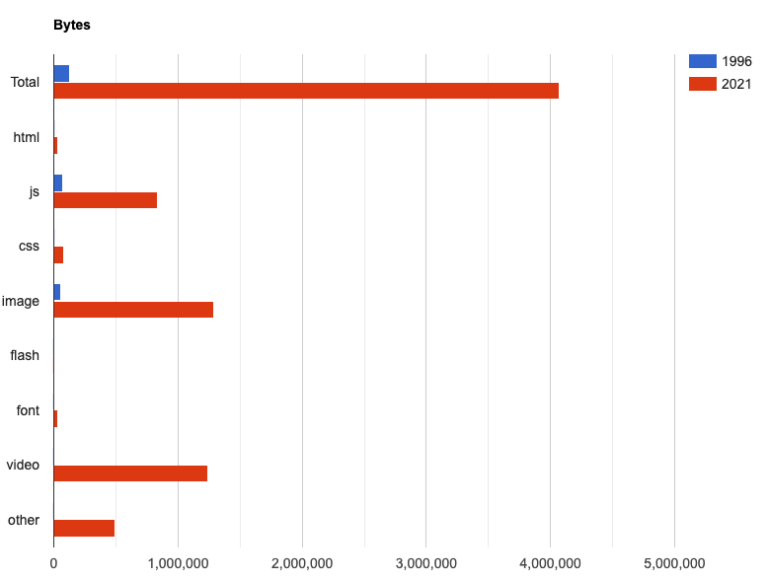
The European Union today agreed on the details of the AI Act, a far-reaching set of rules for the people building and using artificial intelligence. It’s a milestone law that, lawmakers hope, will create a blueprint for the rest of the world.
After months of debate about how to regulate companies like OpenAI, lawmakers from the EU’s three branches of government—the Parliament, Council and Commission—spent more than 36 hours in total—thrashing out the new legislation between Wednesday afternoon and Friday evening. Lawmakers were under pressure to strike a deal before the EU election campaign starts in the new year.
“The EU AI Act is a global first,” said European Commission President Ursula von der Leyen on X. “[It is] a unique legal framework for the development of AI you can trust. And for the safety and fundamental rights of people and businesses.”
The law itself is not a world-first, China’s new rules for generative AI went into effect in August. But the EU AI Act is the most sweeping rulebook of its kind for the technology. It includes bans on biometric systems that identify people using sensitive characteristics such as sexual orientation and race, and the indiscriminate scraping of faces from the internet. Lawmakers also agreed that law enforcement should be able to use biometric identification systems in public spaces for certain crimes.
New transparency requirements for foundational models were also included, if they meet certain criteria. “The AI Act sets rules for large, powerful AI models, ensuring they do not present systemic risks to the Union,” says Dragos Tudorache, member of the European Parliament and one of two co-rapporteurs, leading the negotiations.
Companies that don’t comply with the rules can be fined up to seven percent of their global turnover. The rules are not expected to take effect in full until 2025.
This is a developing story. Please check back for updates.
The European Union (EU) has recently taken a significant step towards regulating artificial intelligence (AI) by implementing comprehensive regulations. These regulations aim to address the potential risks associated with AI while promoting its responsible and ethical use. The move comes as AI technology continues to advance rapidly, raising concerns about its impact on various aspects of society.
The EU’s regulations on AI are part of its broader strategy to become a global leader in AI development and deployment. The regulations were developed after extensive consultations with experts, stakeholders, and the public to ensure a balanced and inclusive approach. The goal is to create a framework that fosters innovation while safeguarding fundamental rights and values.
One of the key aspects of the regulations is the establishment of a risk-based approach. AI systems will be classified into four categories based on their potential risks: unacceptable risk, high risk, limited risk, and minimal risk. Unacceptable risk AI systems, such as those used for social scoring or biometric identification, will be banned outright. High-risk AI systems, such as those used in critical infrastructure or healthcare, will be subject to strict requirements and oversight.
To ensure compliance with the regulations, developers and deployers of high-risk AI systems will be required to follow specific obligations. These include conducting thorough risk assessments, ensuring transparency and accountability, using high-quality datasets, and implementing appropriate human oversight measures. Additionally, AI systems that interact with humans deceptively must be clearly labeled as such.
The regulations also address the issue of data quality and bias in AI systems. Developers will need to ensure that their datasets are diverse, representative, and free from biases that could lead to discriminatory outcomes. They will also be required to provide explanations for the decisions made by AI systems, allowing users to understand and challenge them if necessary.
Another important aspect of the regulations is the creation of a European Artificial Intelligence Board. This board will consist of representatives from EU member states and will be responsible for ensuring consistent application and interpretation of the regulations across the Union. It will also provide guidance and support to developers and deployers of AI systems.
The EU’s comprehensive regulations on AI have received both praise and criticism. Supporters argue that they provide much-needed clarity and accountability in the rapidly evolving field of AI. They believe that these regulations will help build trust in AI systems and protect individuals from potential harm. Critics, on the other hand, express concerns about stifling innovation and hindering Europe’s competitiveness in the global AI race.
Nevertheless, the EU’s move to implement comprehensive regulations for AI sets an important precedent for other regions and countries around the world. It demonstrates a commitment to harnessing the potential of AI while ensuring that it is developed and used responsibly. As AI continues to shape various aspects of our lives, it is crucial to have robust regulations in place to safeguard our rights, values, and well-being. The EU’s regulations on AI are a significant step towards achieving this goal.






